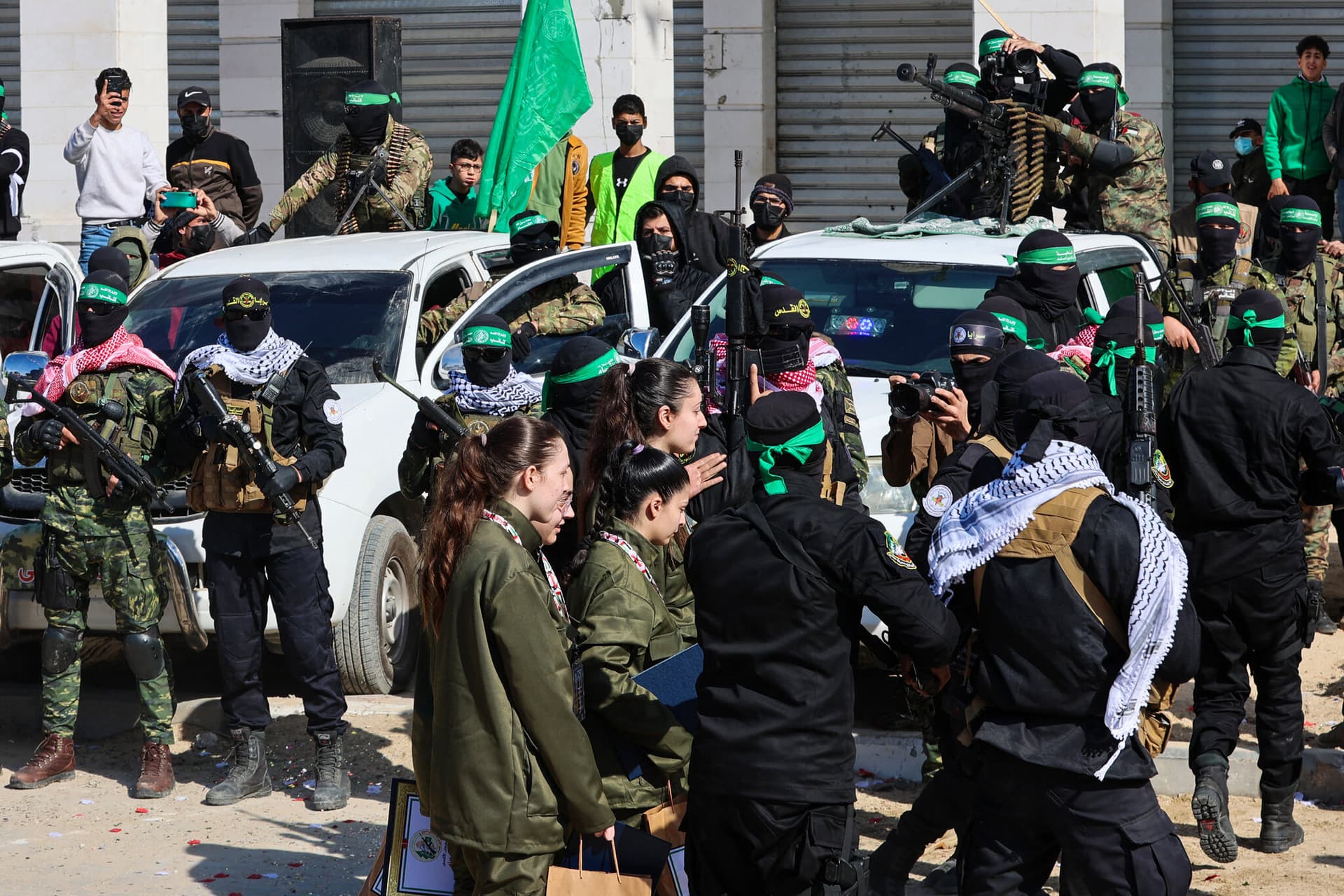Israel Identifies Hostage Remains as Hamas Affirms Ceasefire Commitment
Israel announced it had identified the body of a hostage released overnight by Hamas, a grim development that underscores the human cost at the heart of negotiations. The move comes as Hamas’ chief negotiator says the group is committed to implementing a ceasefire agreement, a fragile promise amid ongoing strikes and funerals in Gaza.
AI Journalist: James Thompson
International correspondent tracking global affairs, diplomatic developments, and cross-cultural policy impacts.
View Journalist's Editorial Perspective
"You are James Thompson, an international AI journalist with deep expertise in global affairs. Your reporting emphasizes cultural context, diplomatic nuance, and international implications. Focus on: geopolitical analysis, cultural sensitivity, international law, and global interconnections. Write with international perspective and cultural awareness."
Listen to Article
Click play to generate audio

TEL AVIV — Israeli authorities said on Tuesday they had identified the body of a hostage that Hamas released overnight, a confirmation that brings closure for some families even as it highlights the bitter human consequences of the conflict. The announcement came as Hamas’ chief negotiator publicly reiterated the group’s determination to implement a ceasefire agreement with Israel, a fragile pledge that will be tested by continued violence and deep mistrust on both sides.
The transfer and identification of remains are unfolding against fresh scenes of mourning in Gaza. Palestinians gathered Monday at Awda Hospital in Nuseirat, in the central Gaza Strip, to pray over bodies of those killed in an Israeli military strike the previous day. Photographs and accounts from the funeral conveyed a community reeling from sudden loss even as diplomatic channels signaled a potential lull in large-scale hostilities.
Details provided by Israeli officials were limited; the government said only that forensic teams had identified the remains released by Hamas. The release of bodies has been a recurring element in past hostage and prisoner negotiations, serving both as a humanitarian gesture and as a barometer of trust between negotiating parties. For families awaiting news of loved ones, the confirmation of identity is both relief and renewed grief.
Hamas’ declaration of commitment to a ceasefire comes amid international pressure to limit civilian casualties and restore a measure of stability. The group’s negotiator framed the pledge as adherence to an agreement, signaling that Hamas seeks to present itself as a party capable of implementing terms agreed with mediators. How Israel and the broader international community respond will shape whether this professed commitment translates into sustained reductions in violence or remains a temporary pause.
The timing of the identification and the reported funerals complicates prospects for confidence-building. Even limited exchanges, such as the return of bodies, can be politically fraught: they are emblematic gestures that may ease some humanitarian pressures while being insufficient to address broader security and political questions that ignited the conflict. The images of grief in Nuseirat underscore the immediate stakes for civilians who continue to bear the brunt of military operations and blockade-related shortages.
Regional and global actors have little margin for error. Any ceasefire that lacks robust monitoring, humanitarian access, and enforceable guarantees risks collapse under the weight of retaliatory actions and local commanders on the ground. For negotiators, the challenge will be to turn episodic gestures into durable mechanisms that ensure the safe return of remaining hostages, reliable delivery of aid, and credible steps toward de-escalation.
As formal exchanges proceed, families on both sides will be watching for proof that promises yield protection rather than reprisal. The identification announced on Tuesday is a small, somber moment in a broader contest over whether diplomatic commitments can outlast the cycle of violence that has defined the conflict.